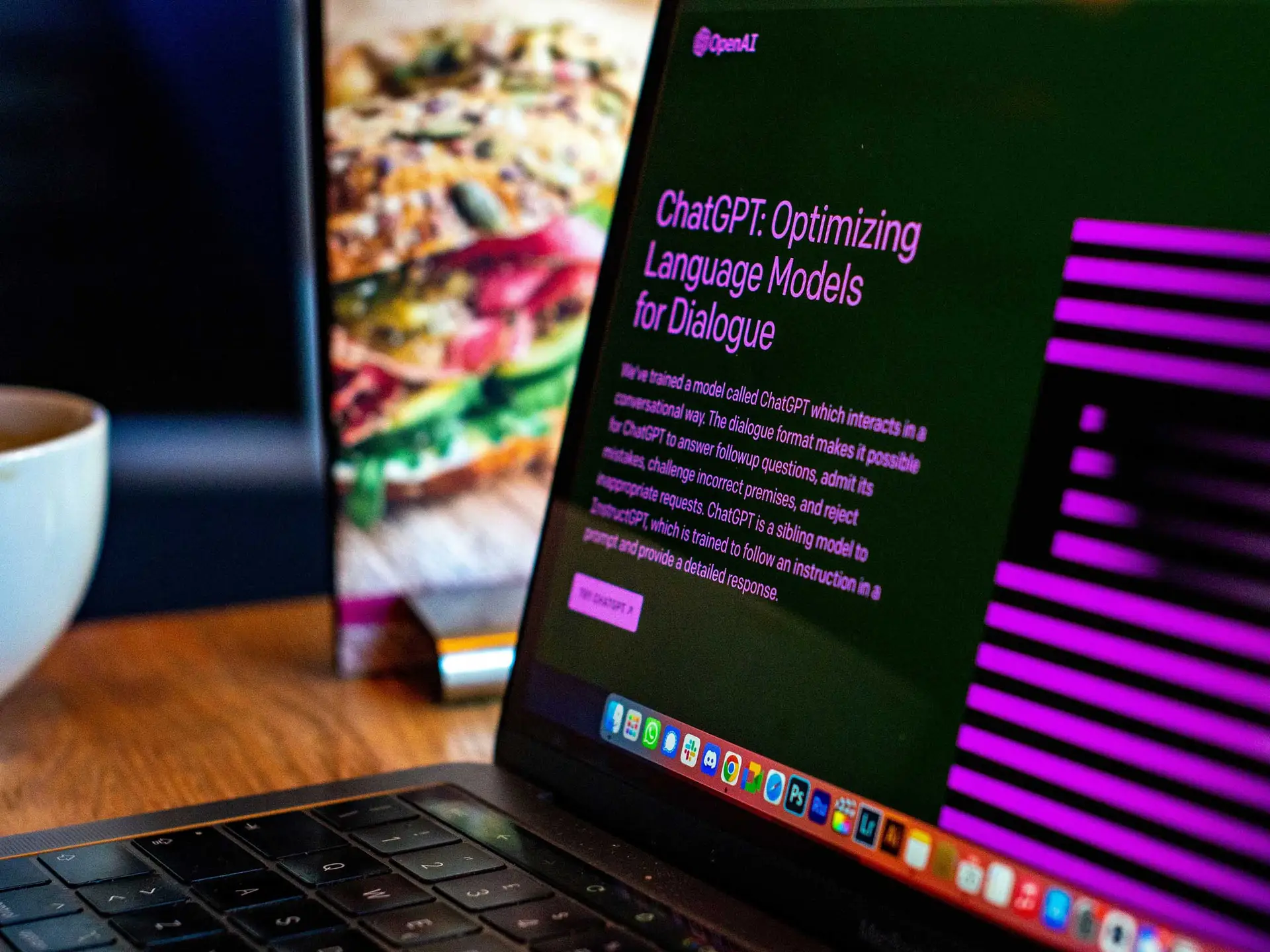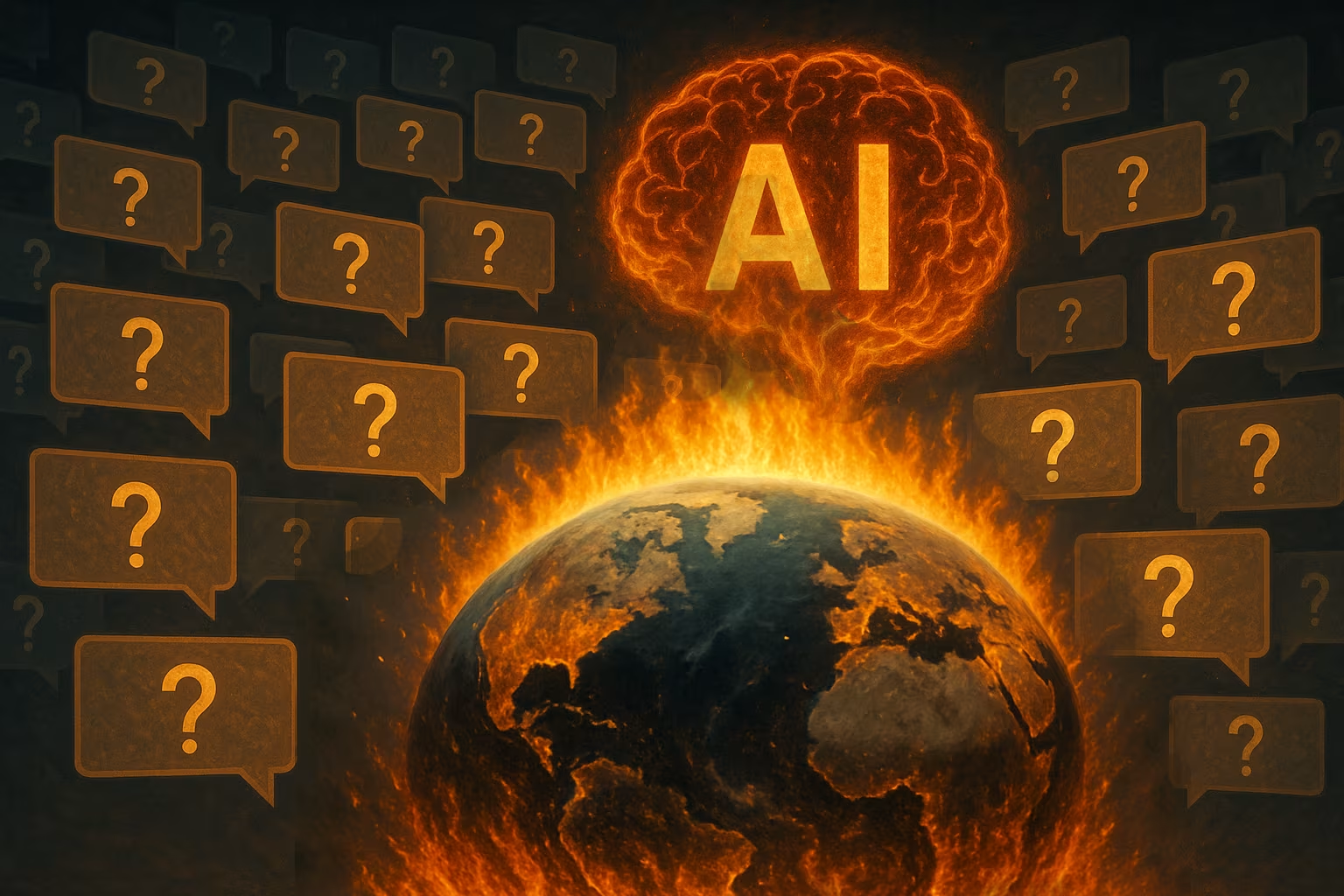Best AI SEO Service Providers in 2025
AI might seem like a buzzword in the business world these days. However, it is quickly becoming a vital element of everything from customer service to marketing strategy. With AI,
Generative Engine Optimisation for Ethical Organisations: A Strategic Framework for AI Visibility in 2025
Drawing from 10 years of implementing SEO & GEO strategies across 30+ community organisations and ethical start-ups in Sydney. Executive Summary After implementing Generative E
How Authority Signalling Becomes Your Secret Weapon for Authentic Engagement
Picture this: you’re scrolling through LinkedIn with your morning coffee, and two posts catch your eye. One’s from a startup founder you’ve never heard of, sharin
Generative Engine Optimisation (GEO): The Future of AI Search in 2025
Why Generative Engine Optimisation (GEO) Matters More Than Ever The Tipping Point We’ve All Been Waiting For Picture this: you’re researching a product, planning a holi
Getting Your Brand Mentioned in AI Search Results:
The Startup’s Guide to Future-Proofing Your Digital Presence How to navigate the shift from traditional Search to AI-powered answers and why SEO isn’t dead—it’s
Marzipan: The Rebuild Story
TL;DR I rebuilt my agency website from the ground up. It took me over 8 weeks, two existential crises, 200+ questions to Lovable, numerous false starts with static generators, one
AI Is Brilliant. But Is It Burning the Planet?
The Unseen Impact of AI Right, let’s talk about AI for a minute. It’s absolutely everywhere at the moment, isn’t it? I’ll be honest — I’m as guilty
How to Use AI-Driven SEO to Create a More Sustainable Web Design
AI-driven SEO emerges as a transformative force. By harnessing machine learning and extensive data analysis, brands can enhance their search rankings.
The Future of SEO in a ChatGPT-dominated world
The Future of SEO in a ChatGPT-dominated world
Businesses stop playing and start using ChatGPT – AFR
Australian chief executives have revealed programs under way to incorporate generative artificial intelligence, through ChatGPT, into working practices, with marketing work, comput












